5 Steps to the Stone Tools Redressing Process
Diamut tooling is highly designed to achieve tolerances that are extremely tight. The tool redressing process requires extremely skilled operators using a sequence of precision, custom-engineered machines to match original tool profiles precisely.
If you would like to view the PDF version of this article, click here


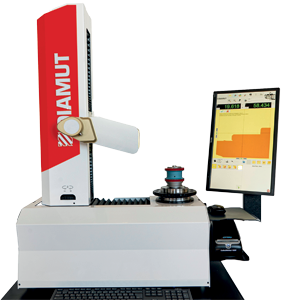
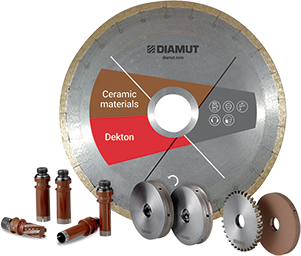
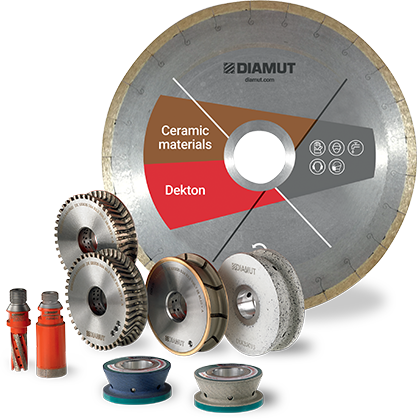
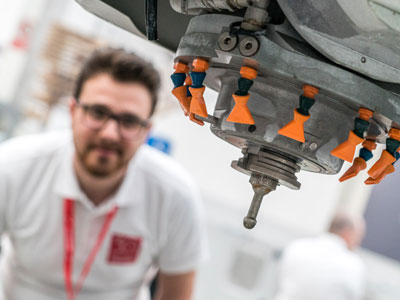
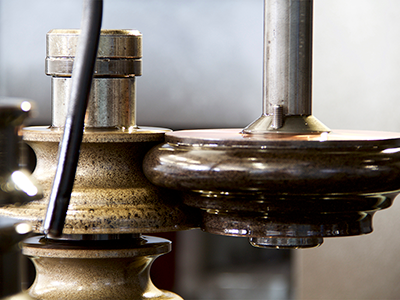
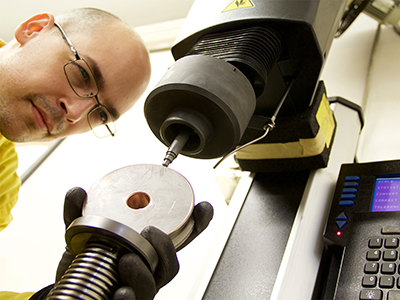
 Worldwide
Worldwide
 Italia
Italia
 United Kingdom
United Kingdom
 France
France
 Deutschland
Deutschland
 España
España
 North America
North America
 Brasil
Brasil